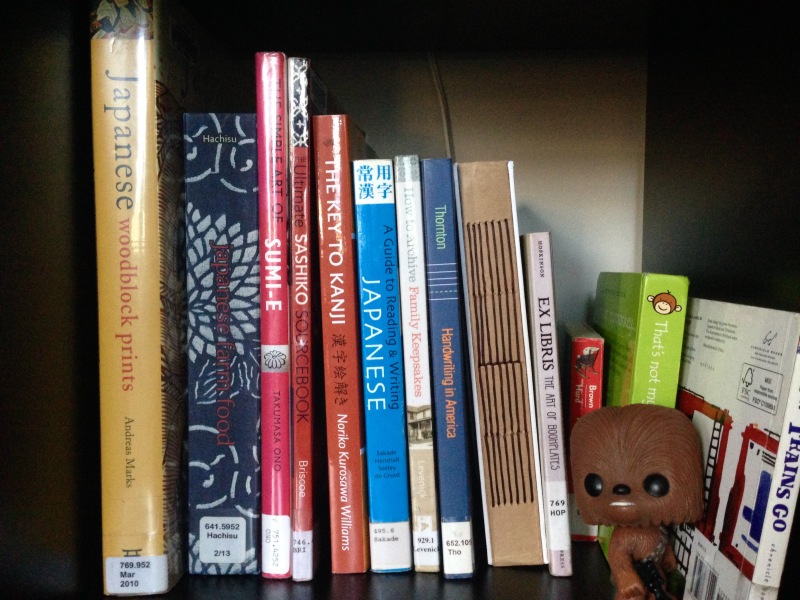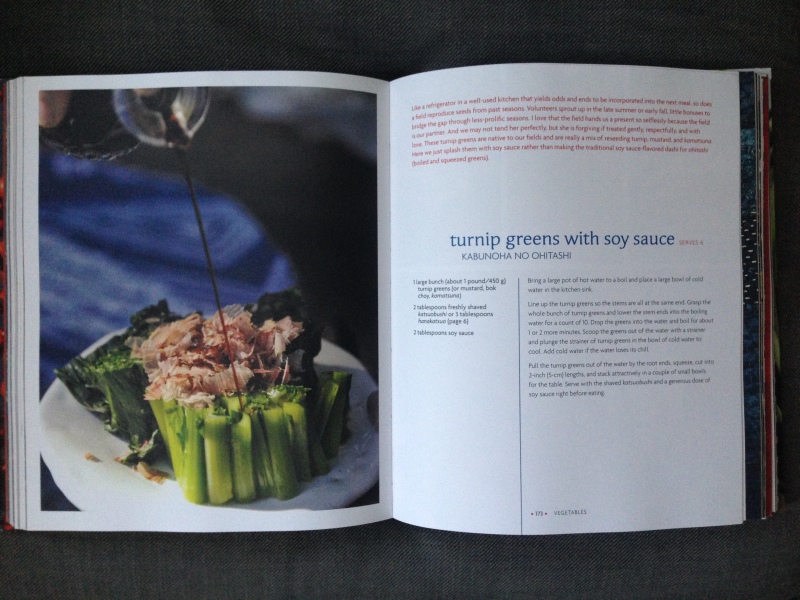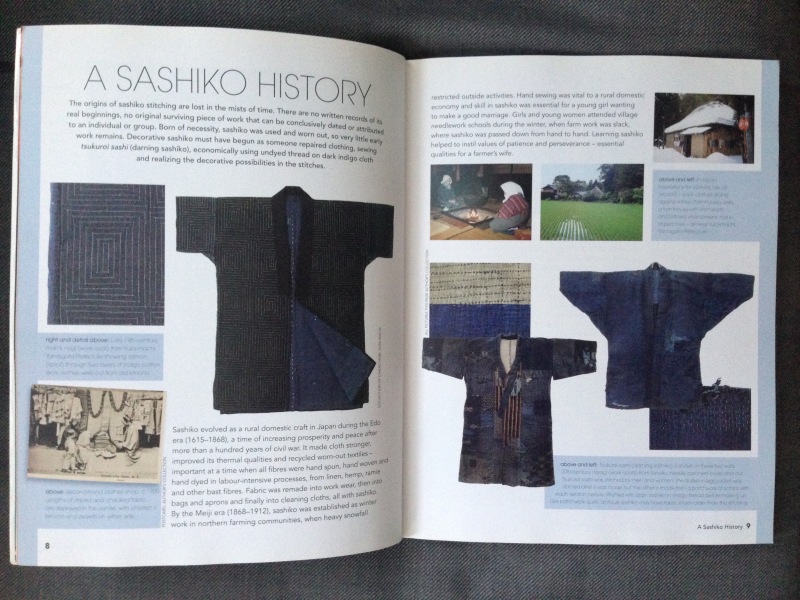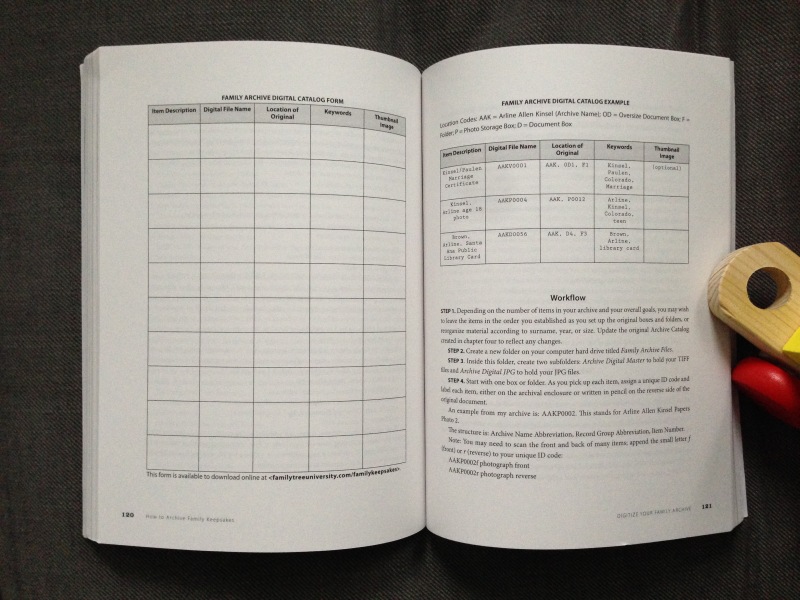
I never stop reading, even in the midst of cross-country-move prep, but my interests rarely overlap with M’s. Which sucks, because sometimes you just want to talk about what you’ve been reading, you know? So, blog readers, you’re up. Here are some of my recent book choices and thoughts on the same. Agree? Disagree? Have other must-read suggestions? Feel free to comment!

Japanese Farm Food
Nancy Singleton Hachisu
Andrews McMeel Publishing, 2012
ISBN 978-1-4494-1829-8
At a library near you
I was surprised and a little ashamed by my reaction to this book. Reviews were glowing, people were swooning, and I’d been putting off reading it because I wanted to savor the anticipation as long as possible. I believed I would fall completely in love with it. But… I didn’t.
Don’t get me wrong, it is a beautiful book. I’m a total sucker for pretty pictures of places and food. The typography is good, the color scheme is lovely, and the use of Japanese patterns for page edges and spine works well. I brought it home from the library and immediately sat down to read (I generally read cookbooks like novels first, then note recipes to try after). The reviews I had read were not wrong. Hachisu’s writing draws you into Japanese farm life (with a bit of an expat twist) and immerses you. She talks about how their bicultural life requires its own rules, but also notes how much they insist on maintaining old traditions. It left me feeling a little unsure of her point (of course, maybe she wasn’t trying to make one), and that feeling extended a bit into the recipes.
Sometimes she dismisses haute kaiseki cuisine and assures you that humble ingredients are just fine. But she is also sometimes extremely particular about local (virtually impossible to get elsewhere) and organic ingredients. This tied in well with her anecdotes and essays about local farmers and specialty food artisans, which were delightful and informative. But I was somehow left with the sense that apparently the only way to be authentically Japanese was to be a rural farmer. I own several Japanese-food cookbooks written by Americans and Japanese who didn’t marry farmers and move to the country, and the food is still authentic. I have (or try to have) no illusions about Japan. I know that it’s not all geisha and master craftsmen and high art. But I’d rather not swing the other way and ignore that part, either.
It’s telling that my favorite page in the book included images of traditional ryokan architecture and artisanal charcoal. Long story short: Hachisu’s work is immersive and it is evocative of her lifestyle. It’s just not a lifestyle that appeals to me. And that’s perfectly fine! I’ll check it out again. The recipes were still attractive, and I made note of a couple dozen to try. As an Elizabeth Andoh fan, I’m interested to compare the two approaches, both by American women married to Japanese men and living in the country for decades. I wonder if it will show a clear town-country distinction, or if it will simply be Japanese.

The Ultimate Sashiko Sourcebook
Susan Briscoe
KP Books, 2005
ISBN 0-89689-186-0
At a library near you
As previously mentioned, I’ve been dabbling in sewing lately. As with most things, it didn’t take me long to want to move from the basics to something new. My Japanophilia drove me toward sashiko, a traditional Japanese embroidery style generally acknowledge to have begun as decorative mending in rural villages. It’s just so simple and graphic that it immediately drew me in. I started looking for books to learn more (my eternal m.o.) but was generally disappointed. They always seemed to be about machine sewing, and I couldn’t let go of the feeling that sashiko was meant to be done by hand, that the machine was simply approximating the look and not the actual craft.
Reviews on Amazon led me to Briscoe, and I am so glad. Though the book cover looks similar to any number of those machine-based titles, the inside is anything but. The pattern library alone is swoon-worthy. It may be a shallow generalization for me to make, but I believe the Japanese have a word for everything, and it’s so interesting to learn the names of all the patterns. It’s also fascinating how much meaning is (or was traditionally) attached to each pattern. Different patterns were applied in hopes of particular outcomes (good harvest, safety, health of a child, etc.), and their popularity waxed and waned throughout history.
Speaking of history, Briscoe opens the book with possibly my favorite part: eight pages of the history of sashiko, liberally illustrated with objects and photographs from her own collection. She succinctly demonstrates the inspiration of various patterns, talks about how trade may have spread the art, and explains why it evolved the way it did. I love me some strong history to bolster the learning of a craft, so it was a no-brainer to fall for this book.
Interestingly, the only thing I wasn’t slavering over were the projects. Oh, I definitely aim to do some, like the samplers and greeting cards. But a coast-swapping move precludes starting new hobbies that require an outlay for tools and materials, so for now, I’m just getting inspired. Lots of promise but not practical yet. When I’m ready, though, this book (and Briscoe’s follow-up) will be my go-tos.

How to Archive Family Keepsakes
Denise S. May Levenick
Family Tree Books, 2012
ISBN 978-1-4403-2223-5
At a library near you
This book surprised me a little. I earned my library science Master’s with a focus in archives management, and I’m used to seeing popular writing on the topic that ranges from incomplete to downright wrong. I was pleasantly thrilled, then, when I flipped open Levenick’s book.
I found it when searching for works that bridged the scholarly-popular divide. I have a family reunion coming up, and lately there has been more discussion of the papers and (especially) photographs we hold that need some care. My training has taught me how to provide that care, but I do it almost exclusively in a library/archives repository setting. I’m unused to helping with the stewardship of private collections (aside from my own). I wanted some guidance on how to discuss the issues without, I hope, coming across as too academic or snobbish. (I also wanted a book I could just hand over for perusal, because let’s be honest: sometimes advice is easier to receive when it’s coming from a neutral party.)
Levenick’s book fit the bill so perfectly that, in a time when my impulse-shopping tendencies are firmly kept in check, I was ordering a copy on Amazon the day after I brought the book home from the library. Why, you ask?
Her chapters are concise and well-organized. She starts at the beginning (the idea of the family archive, the inevitability of someone becoming—not necessarily by choice—its keeper, the many and varied materials that might be involved) and takes the process step by step. There are plenty of checklists, worksheets, and resources to help keep track and take it further. Levenick addresses aspects of both intellectual organization and physical storage (including the dreaded plastic tubs), and she’s realistic in her advice.
That’s probably the biggest draw of this book as opposed to the more scholarly/professional books I own and consult for work purposes. The audience is not professional archivists but people who may abruptly find themselves caretakers of dirty objects, warped photographs, and disorganized files. Unlike professionals, who are expected (though not always able) to maintain industry best practices, the people Levenick addresses probably don’t have access to specialized tools and supplies, and she is matter-of-fact about that.
Her advice is remarkably thorough, covering physical objects, digital files, and genealogical recordkeeping in enough detail to be useful but not going so far as to be dizzying. It might help, frankly, that Levenick is not herself a professional. She does not have a library degree but instead pursued an informal education based on her genealogical and research needs. The information she collected formed this book, just as it informed her family archives stewardship. She learned these lessons honestly, and I hope I can share them with my family in the same spirit.
Note: This post was very spur-of-the-moment. I had some thoughts about a book and really wanted to get them out of my head and into a potential discussion. Though this is unlike anything I’ve written here before, I enjoyed it a lot and expect to make it an occasional series. There will be a brief break while we relocate, but my reading list for Portland is already nearing triple digits, so another Recent Reads post is inevitable.